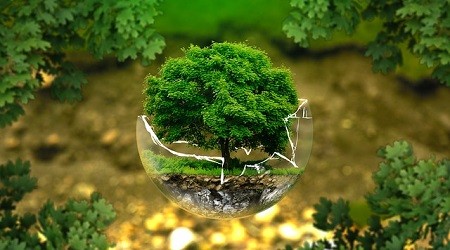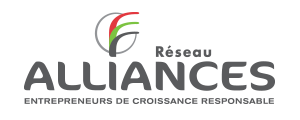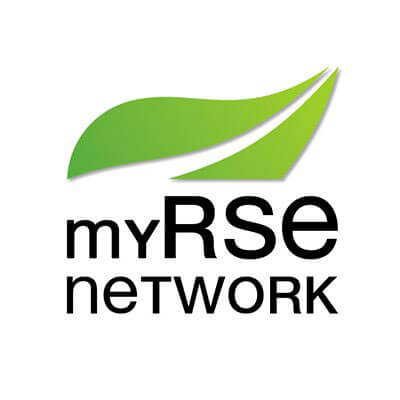A mushroom producer for the fresh produce market, La Ferme de la Gontière fights to maintain its operations in Comines (France - Nord) and develop its activity on a market under stiff competition from the Netherlands and Poland. Its success in this objective can be traced to two major initiatives: the construction of a “house of innovative cultivation” in 1986 with production above ground, zero waste, energy savings, recyclable crates (…) and an approach of continuous improvement mobilizing the entire personnel since 2007.
COM_NEOBESTPRACTICES_ITEM_INNOVATION_REV3
LA FERME DE LA GONTIÈRE implements environmental actions
4. Environment
Waste management


Transmitter


Context
Objectives
- Reconvert a cleaned-up industrial site into a house of innovative cultivation
- Sustainably manage resources such as water and energy consumed
- Generate value or recycle 100% of its wastes
APPROACH
In 1986, the enterprise relocated to Comines on a former EDF site that was cleaned up, and constructed the 1st above-ground mushroom cultivation in France. The buildings, adjacent to the old demolished thermal station, have been renovated and transformed in offices, control rooms, maintenance workshops. The surface for cultivating mushrooms represents 2.1 hectares (a bit more than 2 football fields). La Ferme de la Gontière thus became one of the single biggest mushroom cultivation sites in Europe. The enterprise contributes to the improvement and to the maintenance of the environment around its factory. In 2011, the areas not used for production, nearly 2 hectares, were entirely cleaned and transformed into grass lawn, and the concrete recovered from these areas was reused for road construction. The enterprise’s gamble is to use modern production techniques and equipment while retaining the quality and the freshness of the product. To achieve this, it invested in renovating the energy system and reducing energy consumption (the No. 2 expense item). All ceilings of the cultivation rooms will be renovated from 2011-2013 (400,000 euros) to improve insulation. Renovation of all air-conditioning systems (heat and cold) began in 2012 and is scheduled for completion in 2014. In order to sustainably manage its needs in water, a well is under construction that will eventually pump 65% of the water consumed (non potable water). Treatment of used water includes a decantation basin and a de-oiler/spin-cleaner to lower the level of pollution of used water. La Ferme de la Gontière targets zero waste. The raw materials for the cultivation of mushrooms are entirely natural: compost composed of 15% straw and 85% horse manure. Organic by-products generated by the activity are reused in agriculture. For example, the compost retrieved (21,000 tons/year) is used as natural fertilizer. Mushroom stems (416 tons/year) are used in field spreading by 2 local farmers. In addition, the mushrooms are marketed in recyclable crates made of poplar. Transport of merchandise is rationalized: a transport line has been established to each region of France in partnership with other local producers of fresh products. For the General Management of La Ferme de la Gontière, continuous improvement is not something dictated down from on high but rather is a regular part of daily life.
CONTRIBUTION TO COMPANY PERFORMANCE
- Steady revenue growth: + 5% / year
- Positive financial results
- Lower energy consumption
Benefits
- Industrial site reconverted and modernized
- Agricultural reuse of 100% of organic by-products: compost, mushroom stems
- Cardboard and wood packaging 100% recycled or reused to generate value
- Workforce
- 297
- Country
- France
Contact
Christian CAMUS - Directeur du Site de production - Rue de l'Energie 59560 Comines - This email address is being protected from spambots. You need JavaScript enabled to view it.
















